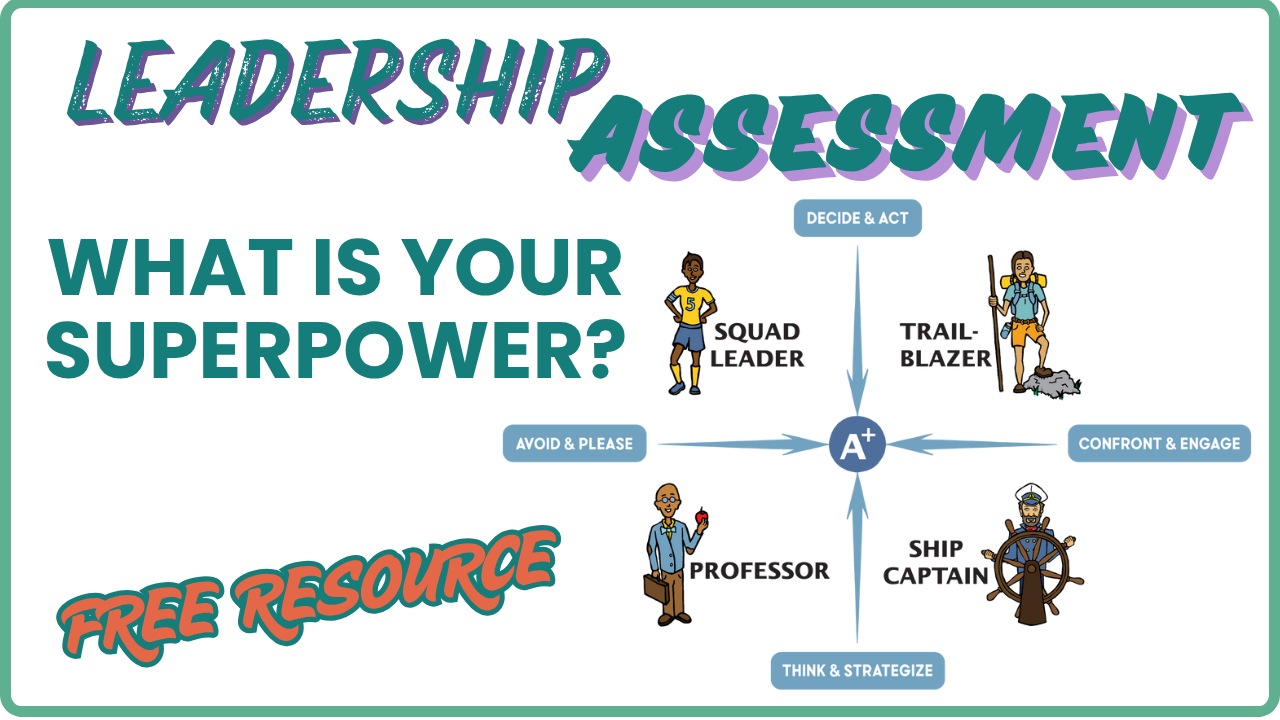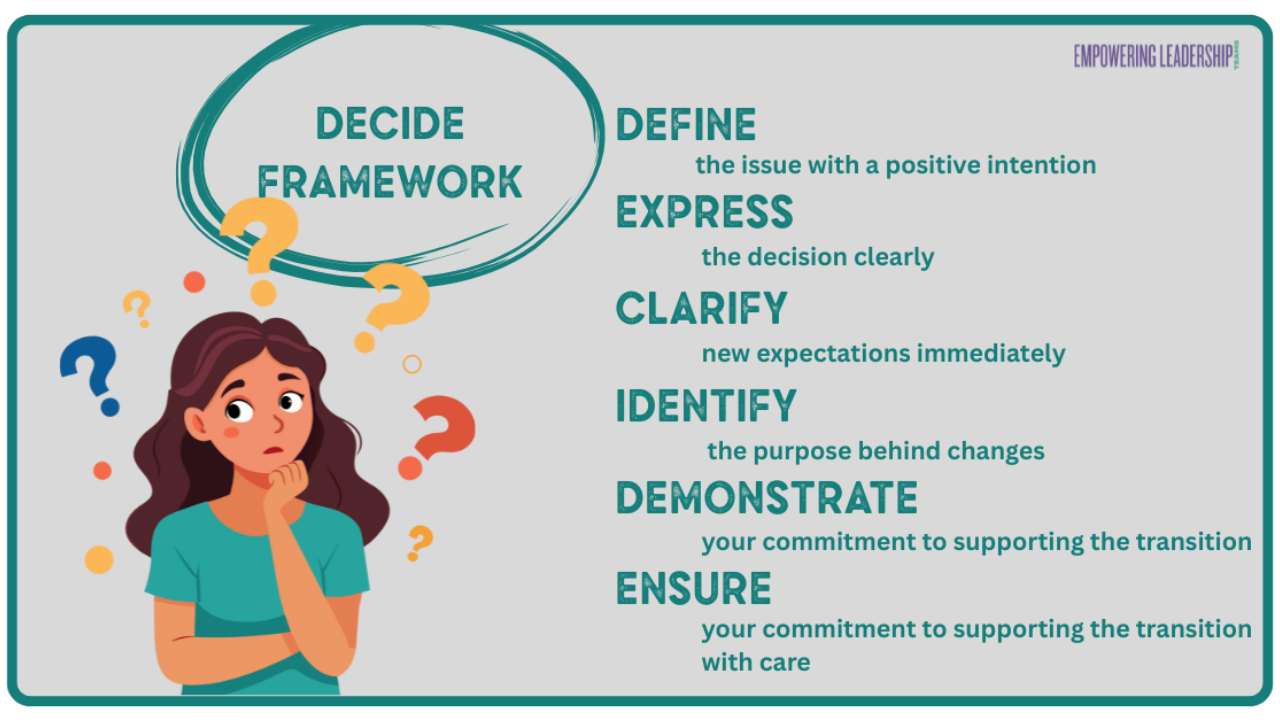The River Theory: Navigating Change in Leadership

As a leader, I've learned that managing change is one of the most challenging aspects of guiding a team. That's why I want to share with you a powerful concept called the River Theory, which has transformed my approach to change management.
Imagine you're standing on the shore of a river, and there's a boat nearby. This boat represents the change you're introducing to your team. The first crucial step is to get yourself in that boat. You need to be fully on board with the change, understanding its necessity and benefits for your business.

Once you're in the boat, you'll notice that your team members fall into three categories:
- Early Adopters: These enthusiastic individuals jump into the boat with you right away. They're excited about change and ready for new challenges.
- The Maybes: These team members are hesitant. They're not resistant, but they're not quite ready to jump in either. They're waiting to see how things go.
- The Resistors: These folks are digging their heels into the riverbank, resistant to the idea of getting in the boat at all.
Here's where the River Theory comes into play. Instead of focusing all your energy on convincing the resistors, which can be draining and unproductive, concentrate on moving forward with your early adopters. As you start your journey down the river, keep communicating with the maybes. Share your progress, demonstrate positive results, and keep the invitation open for them to join.

I've found that as the maybes see the boat moving successfully down the river, they become more inclined to hop on board. And here's the interesting part – even the resistors may eventually come around. As they see the rest of the team making progress and achieving results, their resistance often softens.
The key is to keep moving. Don't anchor your boat to the shore, waiting for everyone to get on board before you start. That's a surefire way to lose momentum and enthusiasm. Instead, trust in the process. Keep your boat moving, and people will find ways to join you – whether by swimming up to the boat or taking a speedboat to catch up.
I've seen this play out numerous times in my career. For instance, when we introduced new project management software, we had team members across all three categories. By focusing on those who were eager to adopt and consistently sharing our successes with the maybes, we eventually had the entire team not just using the software, but wondering how we ever managed without it.
Remember, change is a journey. As leaders, our job is to steer the boat, keep it moving, and create an environment where others want to join us. By applying the River Theory, you'll find that you can navigate change more effectively, save your energy for productive actions, and ultimately guide your entire team to embrace new directions.
So the next time you're faced with implementing a significant change, visualize that river and your boat. Get in, start moving, and trust that your team will join you on this exciting journey of growth and progress.

Related Articles:
The Power of Adaptability in Leadership
Creating Psychological Safety: The Key to High-Performing Teams

















